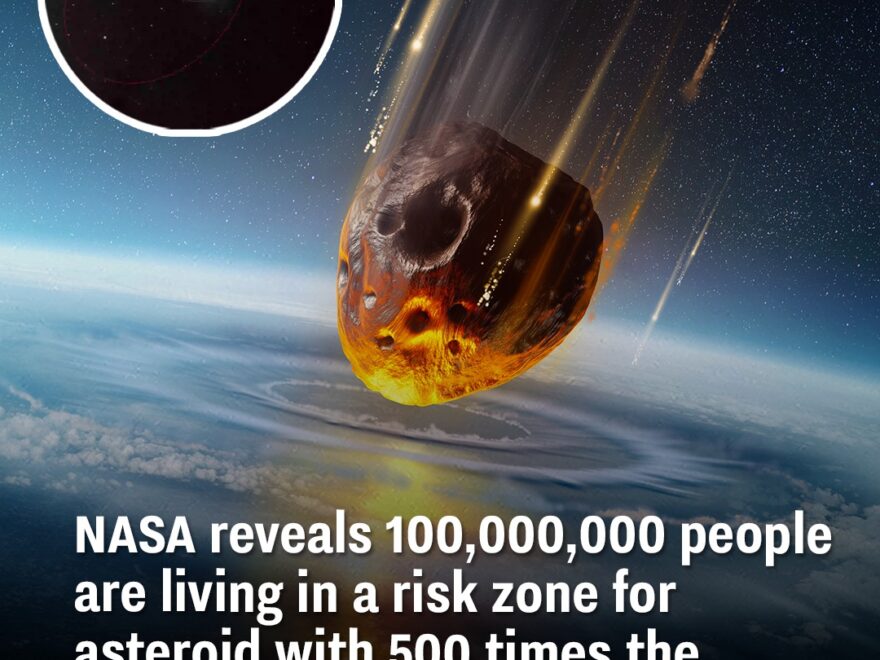The end days could be upon us.
When we’re not worrying about an artificial intelligence uprising that will wipe out the human race, it’s whoever has their finger on the nuclear button or whether climate change will even leave us with a planet to live on.
None of that really matters, as an unexpected threat from outer space is also one to add to the list of potential reasons we won’t be sleeping tonight.
NASA recently warned us about the supposed city-killer asteroid known as 2024 YR 4, and despite it currently being 27 million miles away, the 300-foot Goliath could be on a collision course with Earth in less than a decade.
Odds have recently risen from just a 1% chance of hitting Earth to 2.3%, and while that not might seem like much, double the chances don’t sound too good to us.
According to NASA, there are currently no other asteroids that have an impact probability over 1%.
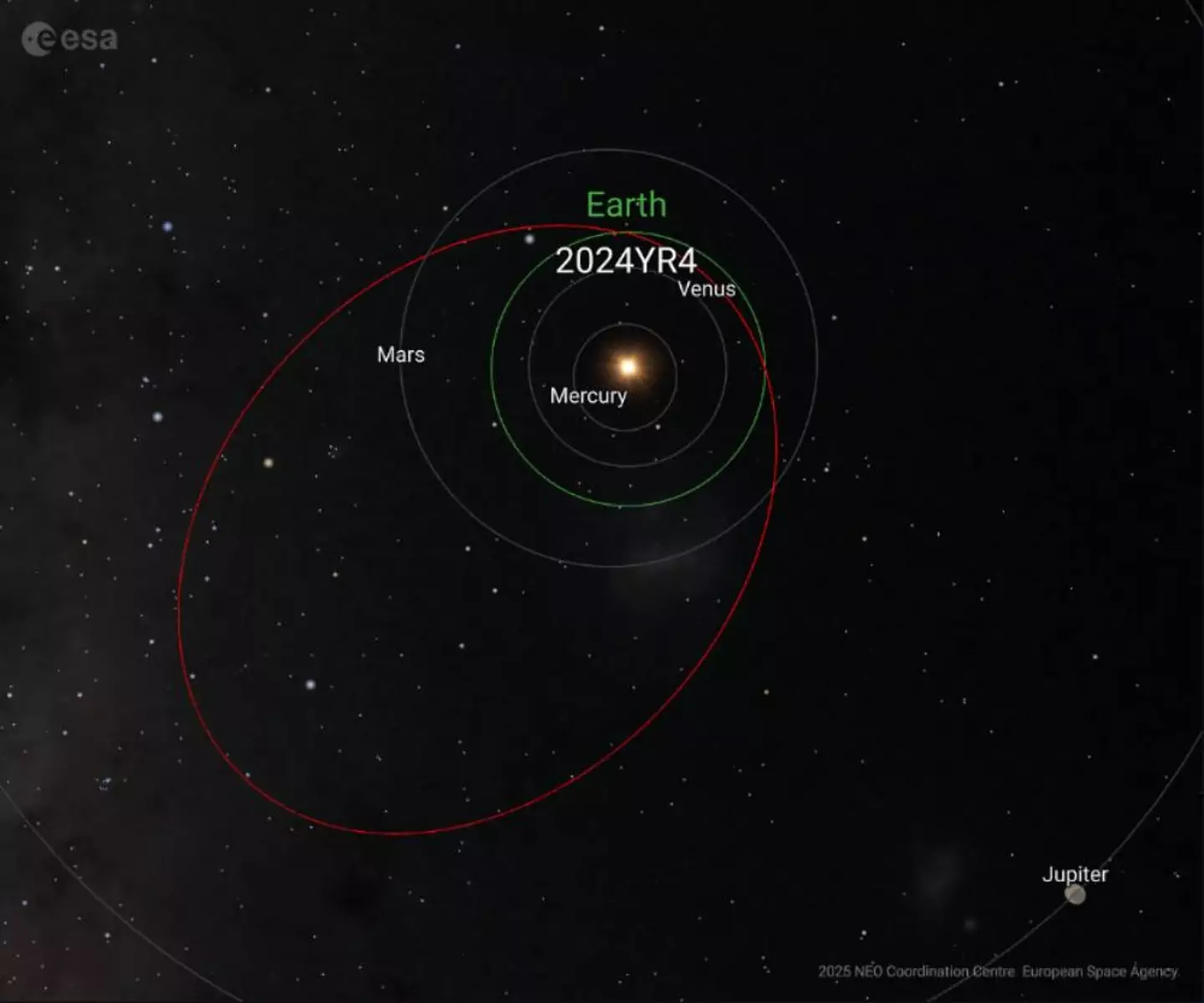

2024 YR4 recently doubled its chances of striking Earth (ESA/ NEOCC)
As for the impact risk corridor of 2024 YR4, the Independent shows off a projected path that sees the asteroid head eastwards from the Pacific Ocean, roaring over South America, the Atlantic Ocean, Africa, and the Middle East before potentially putting Asia in its sights.
2024 YR4 could actually strike at any of these points, and with its mapped trajectory taking it over eight of the top 100 most populated cities in the world, the urban areas of these cities have a combined population of over 110 million.
Bogotá, Abidjan, Lagos, Khartoum, Mumbai, Kolkata, and Dhaka are all in the firing line.
With 2024 YR4 having a destructive power that’s said to be 500 times more powerful than the atomic bomb dropped on Hiroshima, we’re right to be concerned.
After all, the Tunguska asteroid was a similar size to 2024 YR4 and destroyed 830 square miles of forest when it struck Siberia in 1908.
Even though there are hopes that we can intercept the asteroid if it’s actually on course to collide with Earth, NASA has also been warned of the devastating consequences of doing so.
The good news is that while NASA and other space agencies suggest it would have an impact radius of 50 kilometers, they don’t think it poses a serious threat to our planet.
2024 YR 4 was first discovered by Chile’s Asteroid Terrestial-impact Last Alert System station in December 2024. NASA and other organizations have been keeping a close eye on it and will continue to monitor its movements as they try to work out exactly how big this flying time bomb actually is.
A European Space Agency spokesperson told the Daily Mail: “Astronomers around the world are using powerful telescopes to measure the asteroid’s orbit as accurately as possible.
“But knowing its orbit will only tell us the asteroid could impact Earth, not how significant an impact could be.
“It is very important that we improve our size estimate for 2024 YR4: the hazard represented by a 40 m asteroid is very different from that of a 90 m asteroid.”
Featured Image Credit: solarseven / Getty


A NASA astronaut is warning the public that an asteroid that could hit Earth is ‘500 times more powerful than Hiroshima’.
Chris Hadfield is a former NASA astronaut who has now spoken out to warn people about a potential disaster.
In an interview with LBC, Hadfield shared details about the space rock that could collide with our planet.
In the clip, he said: “There’s so much stuff going on on Earth, orbiting the Earth and to the moon and beyond.
“Millions of things to talk about but one of the things we should talk about today, I think, is this asteroid.
“It was discovered on Christmas Day and it’s going to be back in 2028 just before Christmas and if it does smuck into the Earth it’s going to be in 2032 just before Christmas, so I’m calling it ‘the Christmas asteroid’.”
The astronaut continued: “Most asteroids are discovered by amateurs, people with their own telescopes who just love looking into the darkness and trying to find a star that’s where the star shouldn’t be or one that’s moving against the starfield, but this one is very faint, it has never been seen before this Christmas.”
According to Hadfield, the asteroid is going to come ‘quite close to Earth’ in 2028, with a probability of ‘one in 45 chance’ of making impact.
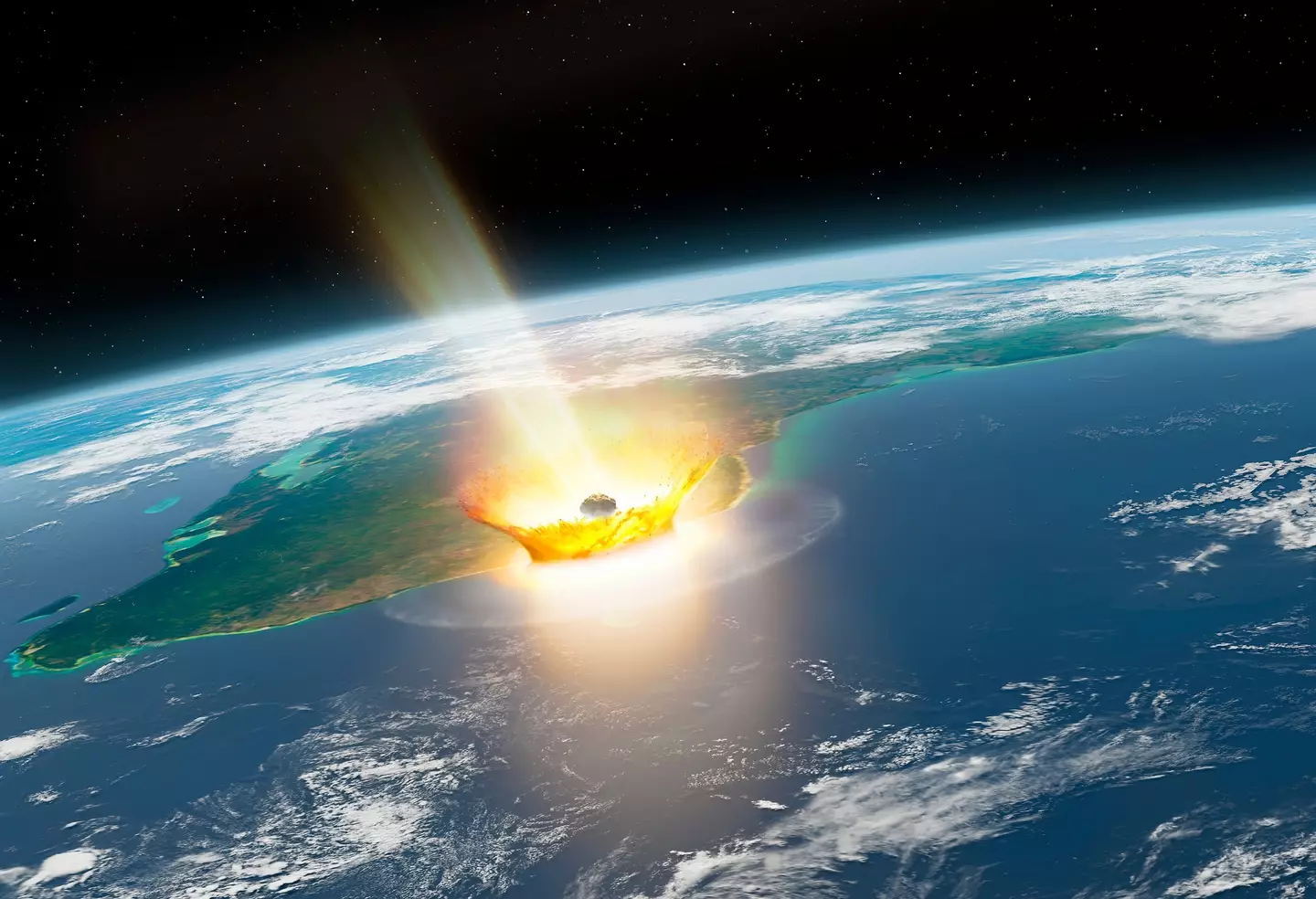

The asteroid could hit Earth in 2032 (MARK GARLICK/SCIENCE PHOTO LIBRARY/Getty Images)
There’s also a chance that the asteroid could collide with Earth in 2032 and, if it does, it’s expected to do some damage.
Hadfield has warned that the asteroid is ‘about 500 times more powerful than the biggest bomb we exploded during World War II’.
Officially named 2024 YR4, the asteroid has NASA working to determine the extent of the potential damage after they predicted it is the size of Big Ben.
Many people took to social media to share their own reactions to the news.
One user wrote: “As each day goes by, the more I feel the Don’t Look Up movie should be revered as a monument in a museum for how scarily accurate it is.”
Another said: “When they find out where on Earth this thing is going to strike, they can build a massive 200 metre tennis racket and whack it back into space.”
And a third person added: “Just to clarify, this particular asteroid is coming in with too much momentum to realistically intercept it with a probe. But we would have plenty of time to evacuate the affected area if need be.”
Featured Image Credit: MARK GARLICK/SCIENCE PHOTO LIBRARY/Getty Images


Risk appears to be increasing when it comes to an asteroid that could crash into Earth, as it’s now understood that scientists at NASA now only have a few months to study it before it disappears out of sight.
This, combined with the chance of collision doubling, has began to worry many people, despite there still being a roughly 98% chance that 2024 YR4 soars safely past our planet as if nothing ever happened.
Discovered in December 2024, this particular asteroid is estimated to be on a course towards Earth, and is currently around 27 million miles away from Earth.
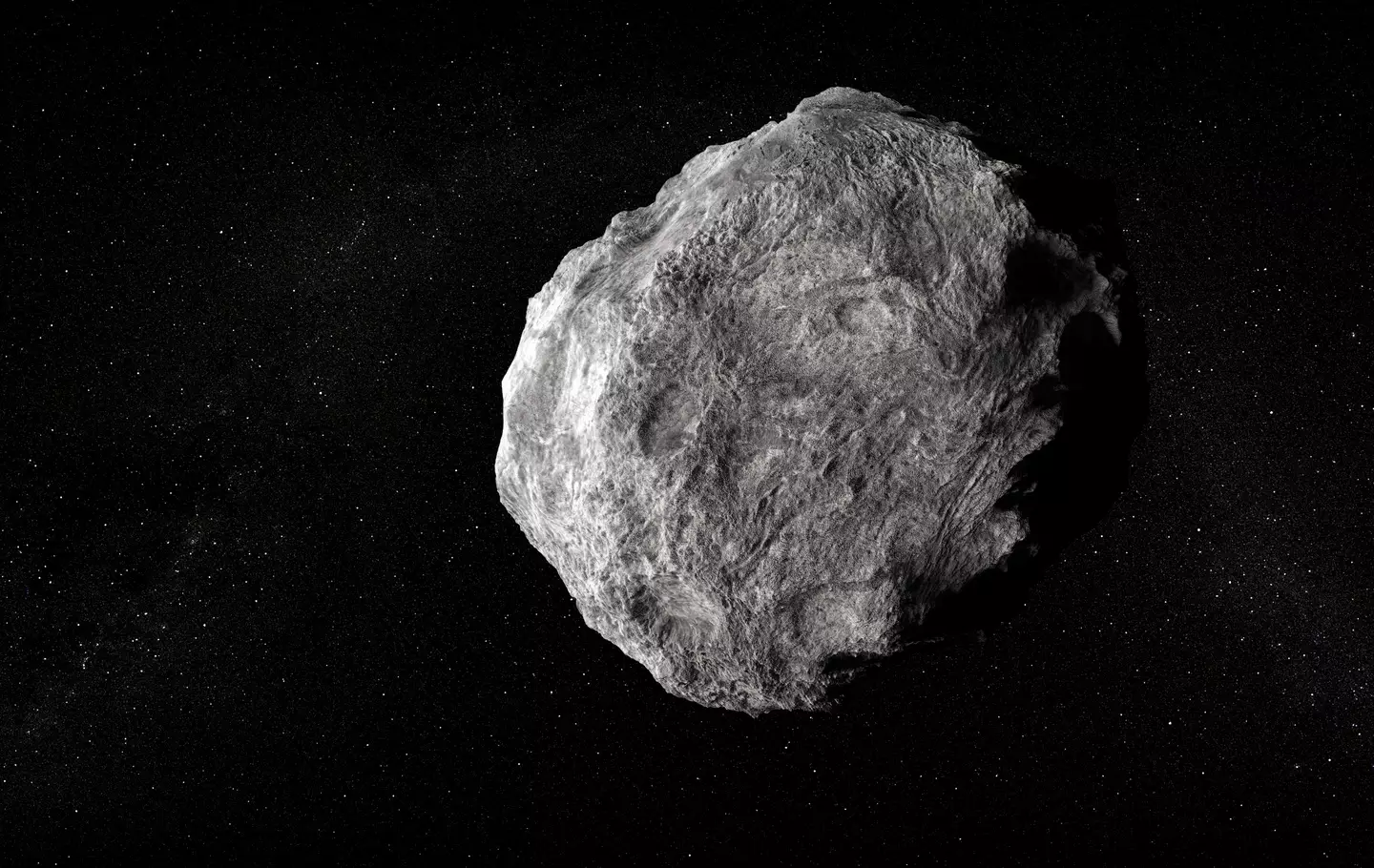

Scientists at NASA only have another couple of months to study 2024 YR4 before it disappears from view (Getty Stock)
At the moment, scientists indicate that the space rock is around 60 meters wide, and would be large enough to take out an entire city if it did happen to collide with our planet, so necessary preparations are already being considered.
One physicist has argued that this is a ‘test’ from the Universe to ensure that we’re adequately able to respond to world-changing events like this, indicating that defensive measures would be worthwhile to build even if 2024 YR4 flies right past us.
Scientists over at NASA will likely have to make their mind up quickly though, as they only have a few more months now to study the asteroid before it disappears, resurfacing again only in 2028 as per the Independent.
One of the most important reasons why these scientists need as much time as possible is to properly calculate a wide variety of factors. Understanding the asteroid’s trajectory, velocity, and size will help determine how likely it is to strike Earth and by what point, which will be vital in preparing for any potential impact.
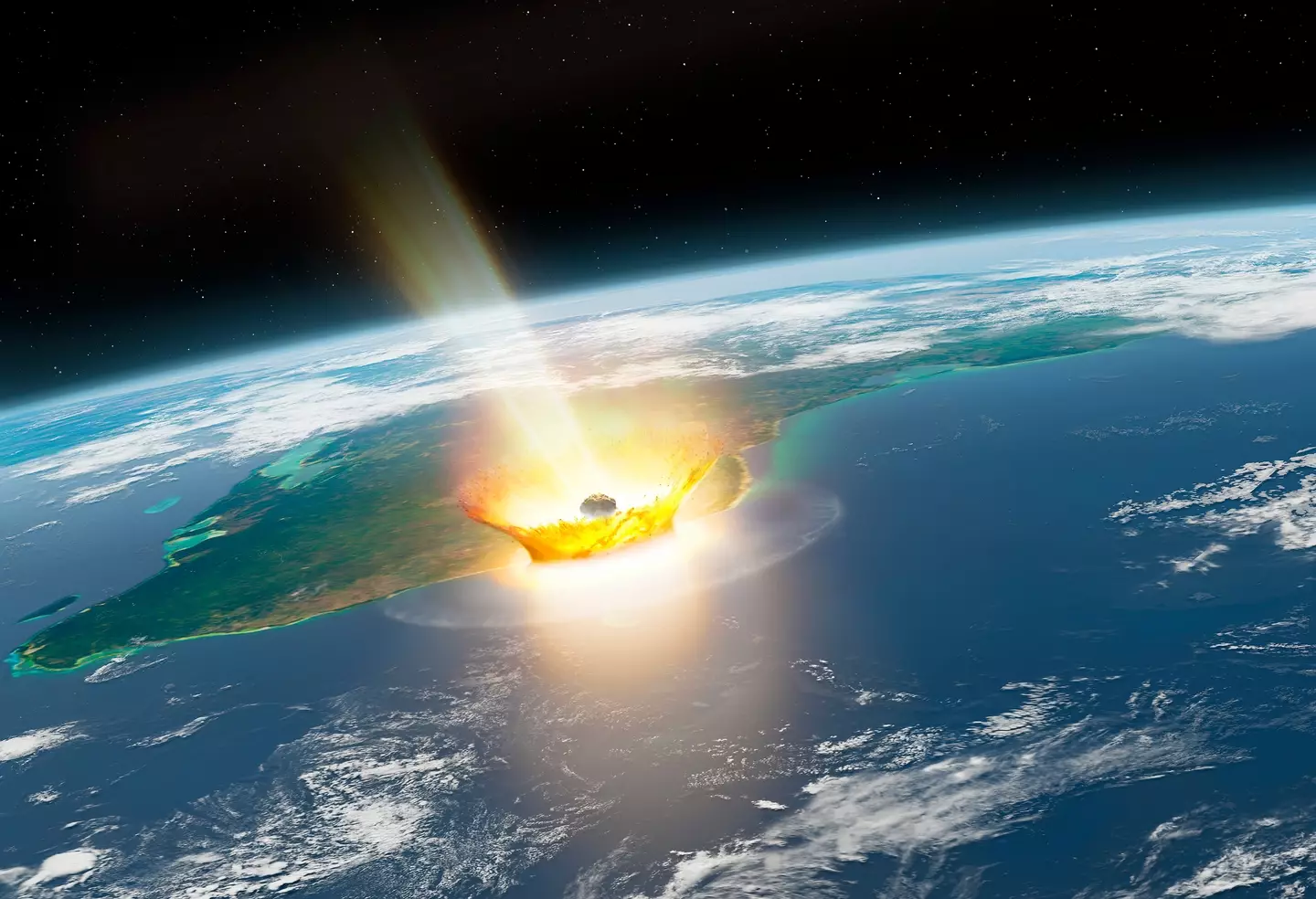

Getting a look at the asteroid will help determine its size, velocity, trajectory, and material form (Getty Stock)
NASA’s James Webb Telescope is capable of looking at infrared light and heat that is emitted from 2024 YR4, allowing greater accuracy than light-based calculations would otherwise, as they very much depend on the reflective nature of the asteroid’s outer structure.
Furthermore, the material structure of the asteroid will also play a major part in its impact, as explained by Catalina Sky Survey engineer David Rankin in an interview with Space:
“If [2024 YR4] is made of stony material, it could cause a significant air burst and fireball reaching the ground. If made of iron, it will punch right through the atmosphere with little trouble and make an impact crater.”
This would dramatically affect how it strikes the point of impact, which is currently estimated to be somewhere between South America and sub-Saharan Africa.
Featured Image Credit: angel_nt / Getty


NASA astronaut Butch Wilmore has captured a jaw-dropping image of a rare blue jet-sprite from aboard the International Space Station (ISS), giving space fans a stunning glimpse at one of Earth’s most mysterious atmospheric phenomena.
The incredible shot was shared by fellow astronaut and astrophotographer Don Pettit, who posted it on the below Reddit thread, crediting Wilmore for the rare capture.
Pettit explained: “Here is a blue jet-sprite photographed by my crewmate Butch Wilmore in a timelapse sequence”
“Blue jets and sprites are terms that are rather loosely applied to what I like to call ‘upward directed lightning’ (UDL). This is a rather new elusive atmospheric phenomena now extensively captured by digital cameras but still not fully understood.”
Unlike regular lightning, which strikes downward towards the Earth, blue jets and red sprites shoot upwards from the tops of thunderstorm clouds at immense speeds.
These bizarre bursts of energy extend to around 75-80 km (47-50 miles) above the Earth’s surface, reaching the fringes of space itself. While pilots and observers on the ground have reported seeing these dazzling flashes for decades, their existence was only confirmed fairly recently.
According to NASA, the first documented evidence of what is now called a sprite was captured on a videotape on July 6, 1989. Later, between 1989 and 1991, additional footage from the Space Shuttle confirmed that these eerie electrical discharges were real.
NASA stated: “Video observations from the space shuttle acquired from 1989 through 1991 provided 17 additional examples to confirm the existence of the sprites phenomenon”.
Scientists have since learned that these blue jets and sprites form in a similar way to regular lightning.
They occur after an electrical charge builds up inside a cloud, but rather than striking downward, the charge is pushed upward due to a layer of negative energy above.


NASA astronaut Butch Wilmore (Getty Images)
The bright blue color comes from the way the charge interacts with nitrogen in the Earth’s upper atmosphere, creating an otherworldly glow that can stretch for miles.
Despite these discoveries, there are still plenty of unanswered questions about the nature of these bizarre light shows.
NASA asked: “What conditions in the upper atmosphere trigger sprite initiation?”.
“How are sprites connected with gravity waves, which send wind-driven ripples of energy through our upper atmosphere?”, added the government agency.
Further studies, both from Earth and space, could help solve these mysteries. For now, Wilmore’s breathtaking image serves as yet another reminder of just how much there is still to uncover about the forces shaping our planet’s atmosphere and beyond.
Featured Image Credit: Reddit/u/astro_pettit / NASA


Scientists have announced what the risk is of an asteroid hitting Earth in 2032.
And unfortunately it’s bad news because our chances of a collision have just increased.
When Asteroid 2024 YR4 was discovered in December, it was determined that there was a remote possibility of it hitting Earth.


The asteroid could hit Earth in 2032 (MARK GARLICK/SCIENCE PHOTO LIBRARY/Getty Images)
This is because it was placed at Level 3 on the Torino impact scale, which measures the likelihood of a collision and the scale of the threat and damage.
Level 3 meant that there would be a 1.2% chance of the asteroid making impact with our planet on December 22, 2032.
However, things have now changed and more recent studies have shown that things could be worse than were originally thought.
In fact, astronomers reckon that the odds have more than doubled as of yesterday (February 6).
That doesn’t mean we all need to panic just yet, the chance of anything happening is still only 2.3%.
Now, experts are working to establish the risk corridor, which is the narrow plane of the asteroid’s orbit.
And there’s some better news – latest studies have revealed that the size of the rock is actually a bit smaller than what was originally thought.
It’s now estimated to be around 131 to 295 feet in diameter.


Space agencies around the world are monitoring the asteroid (STEFANI REYNOLDS/AFP via Getty Images)
In a statement after the discovery of the asteroid, NASA said: “Asteroid 2024 YR4 was first reported on Dec. 27, 2024, to the Minor Planet Center– the international clearing house for small-body positional measurements – by the NASA-funded Asteroid Terrestrial-impact Last Alert System station in Chile. The asteroid, which is estimated to be about 130 to 300 feet wide, caught astronomers’ attention when it rose on the NASA automated Sentry risk list on Dec. 31, 2024.
“The Sentry list includes any known near-Earth asteroids that have a non-zero probability of impacting Earth in the future.
“There have been several objects in the past that have risen on the risk list and eventually dropped off as more data have come in. New observations may result in reassignment of this asteroid to zero as more data come in. ”
The European Space Agency (ESA) also revealed that it is ‘actively monitoring’ the space rock.
It added: “It is possible that asteroid 2024 YR4 will fade from view before we are able to entirely rule out any chance of impact in 2032. In this case, the asteroid will likely remain on ESA’s risk list until it becomes observable again in 2028.”
